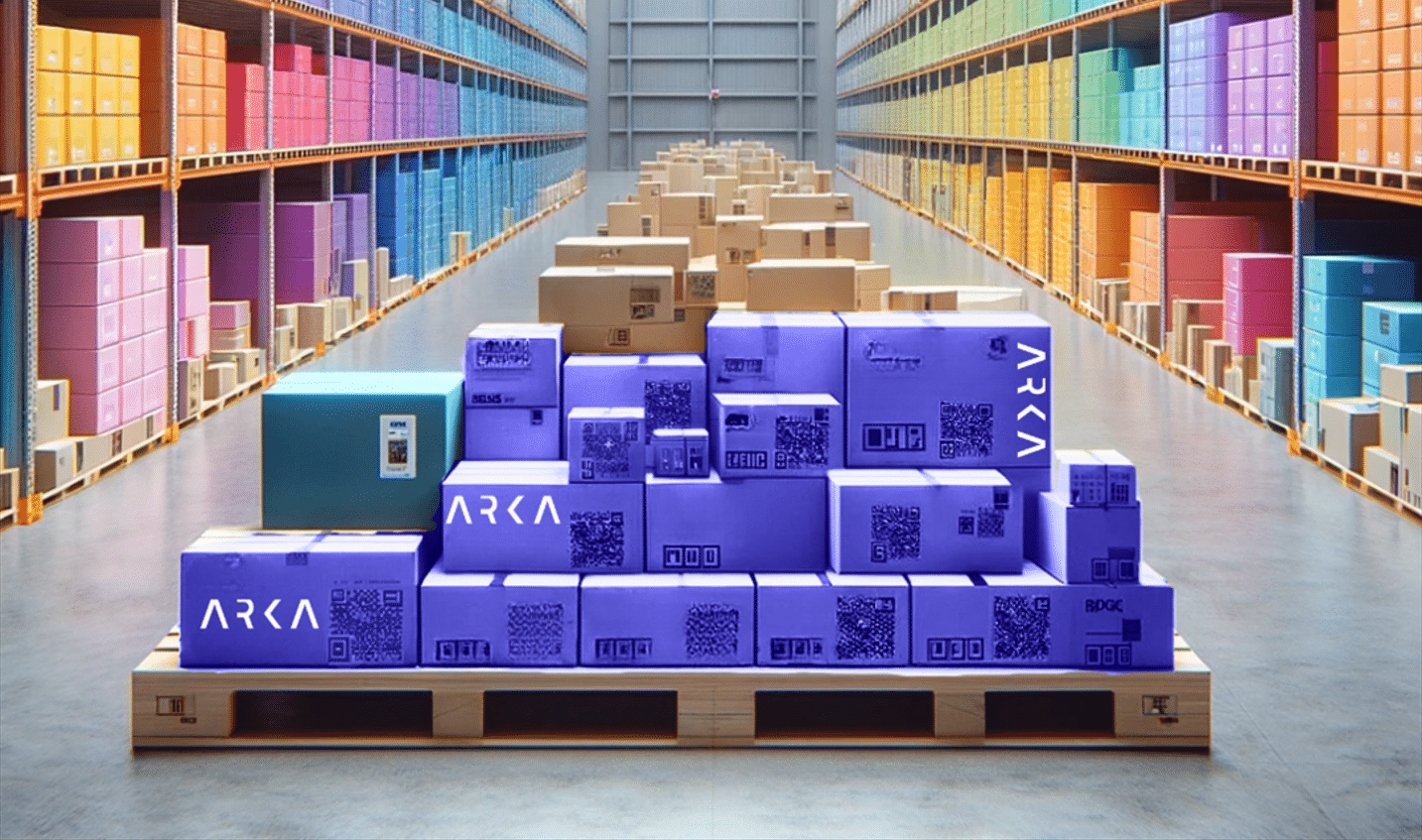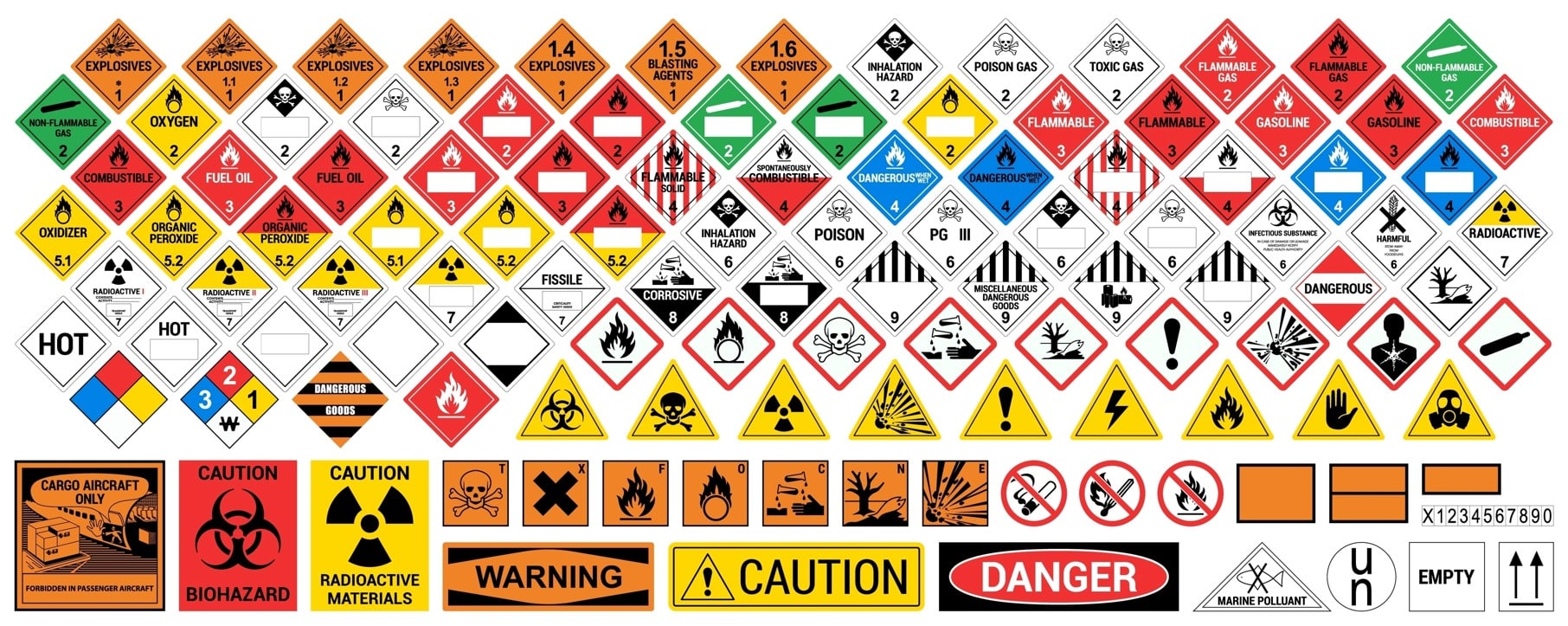However, with the advent of Amazon and other ecommerce sites, especially Wish.com, there has been a surge in sellers based in China who sell directly to the American consumer, taking out the middlemen. This makes the prices they can offer much more competitive. It’s been a bloodbath ever since with their ability to offer prices that no American seller can offer profitably.
There are other advantages they have, some underhanded even. A lot of Black Hat tactics originate in China including but not limited to:
- Making knock offs of top selling items
- Fake reviews to boost their ratings and defame their competitors
- Creating multiple accounts to avoid getting caught and banned
- Discounted shipping thanks to a service called ePacket which makes shipping from China cheaper than across the coasts within the US
Statistically speaking, a recent Marketplace Pulse study conducted across the 5 European marketplaces (Spain, France, Italy, UK, and Germany) shows 41% of Amazon sellers are based in China. Though there has been no such conclusive study for Amazon US, the consensus is that the proportion is similar.
Additionally, more than 77% of the Chinese sellers, use Fulfillment by Amazon (FBA) compared to 60% overall which means that from the customer’s point of view it’s all the same experience. But for the other sellers this is a threatening figure because it will be hard to compete with them. Amazon has continually made it easier for brands and sellers around the world to participate in the US market.
All is not lost though. The American consumer values more than just low prices. It is just one of the many factors that define the buying experience in a matured market, albeit an important one. Let’s talk about some ways to take this threat head on:
- Supply chain optimization: Ecommerce is still a growing and nascent industry compared to years and years of brick & mortar retail. There are many inefficiencies which have not yet been exploited as the exponential growth has kept online sellers from exploring long term optimizations. Short term solutions have propped up which do provide some relief when it comes to cutting sourcing and shipping costs, but sellers can still work on better demand forecasting, using data to guide business decisions and exploring better ecommerce order fulfillment practices.
- Branding: Customers choose the lowest prices and the top sellers when there is no brand. The brand gets standalone customer attention that no other factor does. With good quality control and inexpensive online marketing in place, any seller can establish a good brand with its own story without making major changes in their sourcing and supply chain.
- Smart marketing: There are different ways to advertise your product without splurging. To start with, get a website. This not only helps establish a story behind your products but also lets you collect customer data on the interested demographic to modify your other marketing efforts and product selection. Some examples could be targeted emails, targeted content and targeted ads on social media. Also reach out to influencers who cater to your target demographic and explore opportunities for product placement.
- Diversify into other categories: Chinese sellers dominate in only a few categories and it is easy to figure out these categories with quick research online or on Amazon itself. If you diversify into other categories with perhaps less business value but consistent sales, it can mitigate the risk of suddenly losing market share in top categories.
- Diversify into other marketplaces: Chinese sellers dominate categories on Amazon only. As earlier mentioned, FBA makes things easier for international sellers. Of late, Walmart and other platforms have shown promise and steady growth in sales. Having a multi-channel business can again mitigate the risk of putting all your eggs in one basket.




